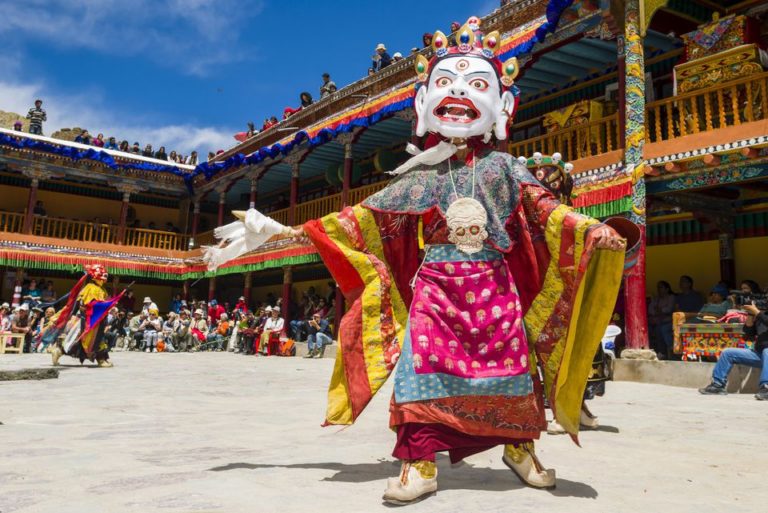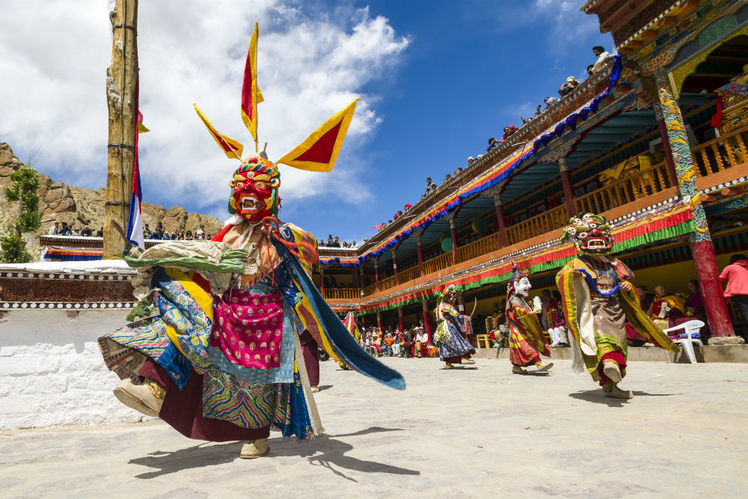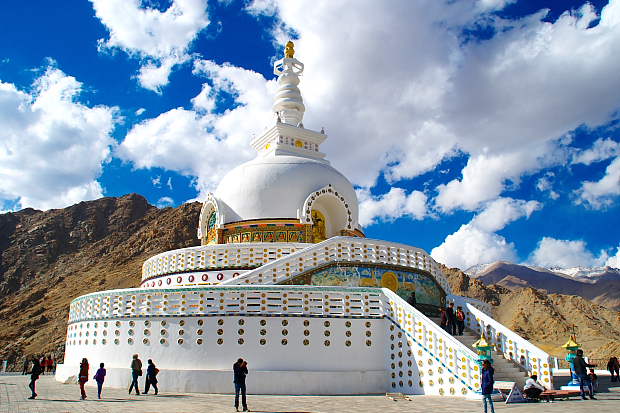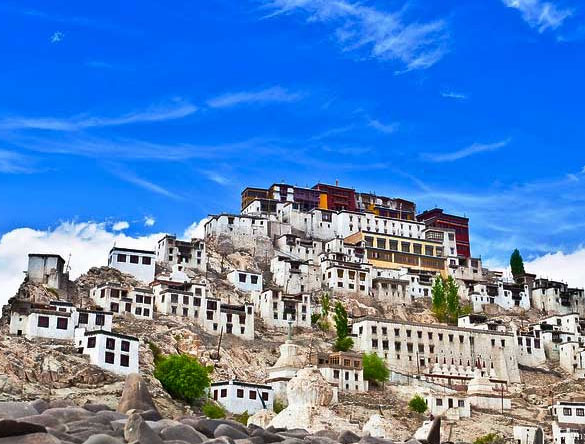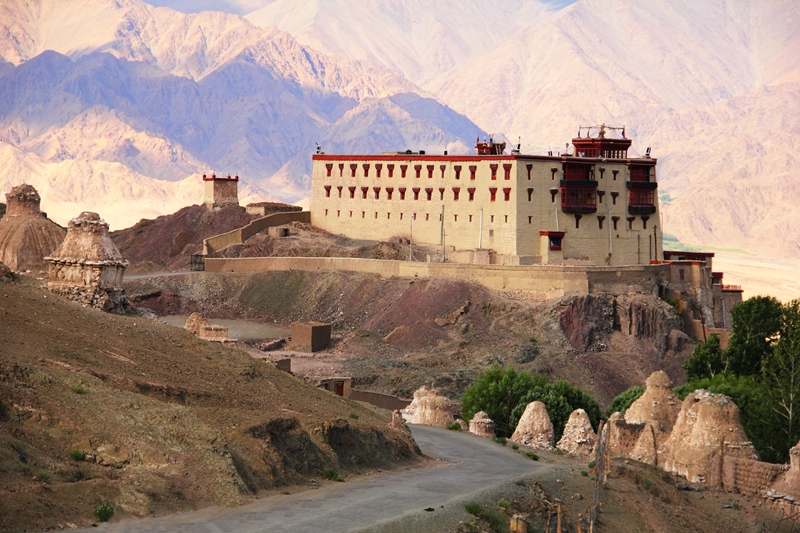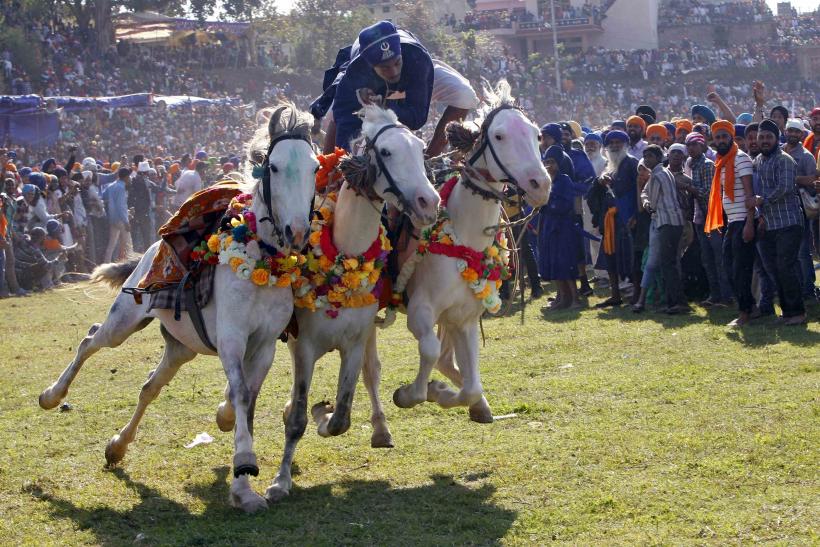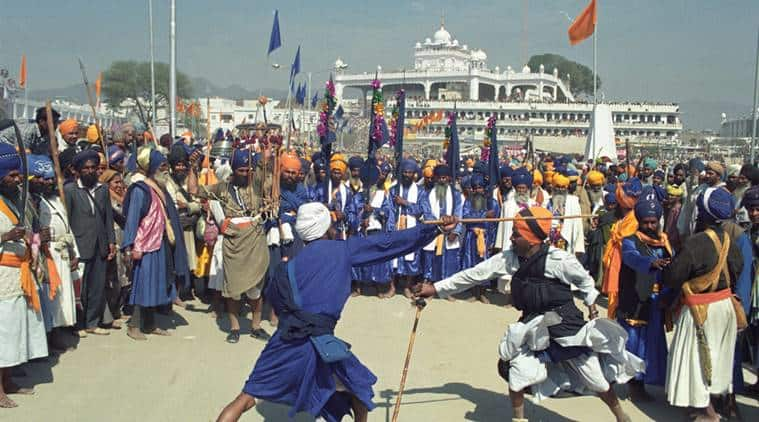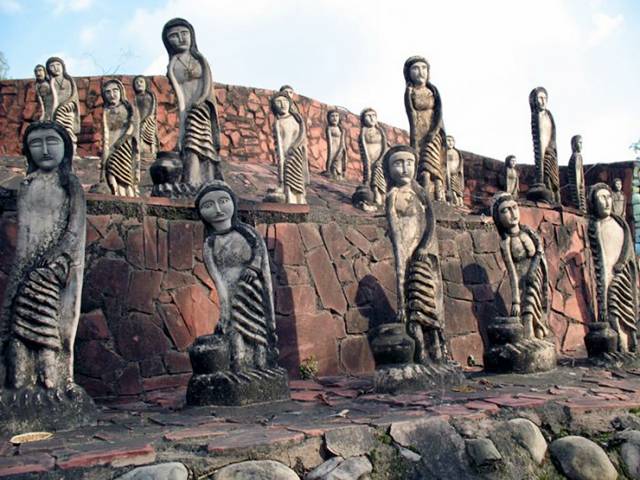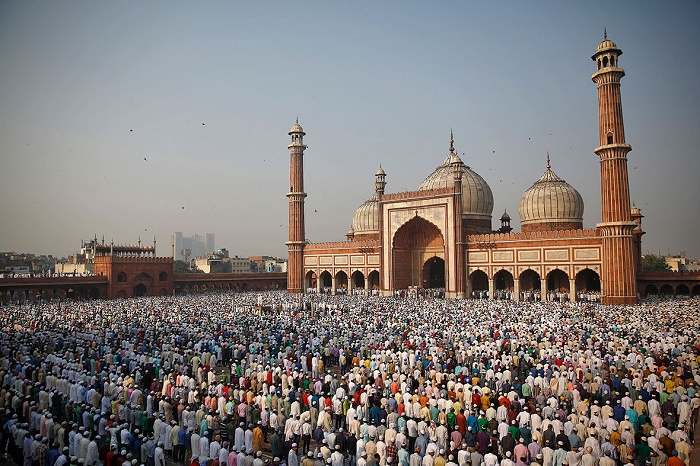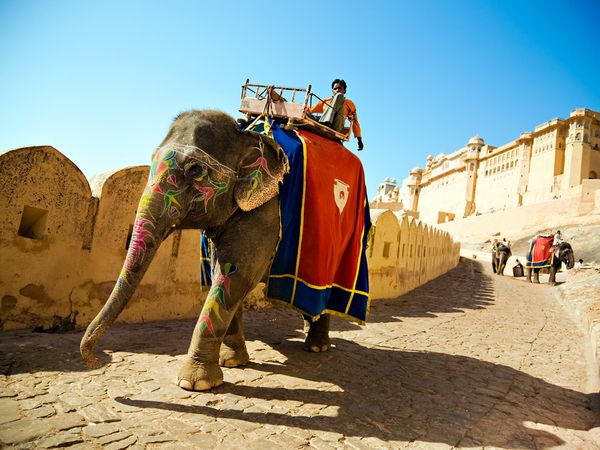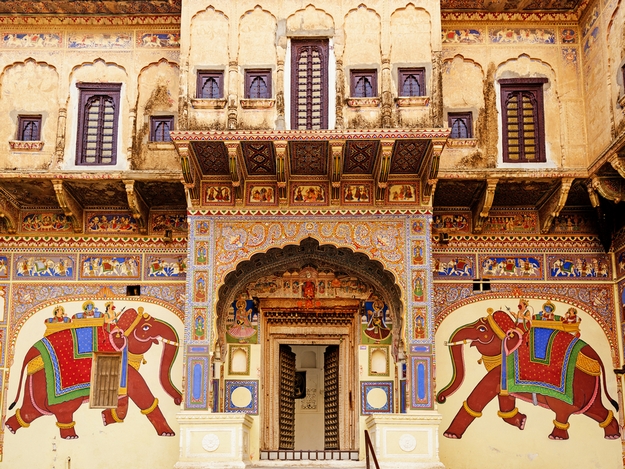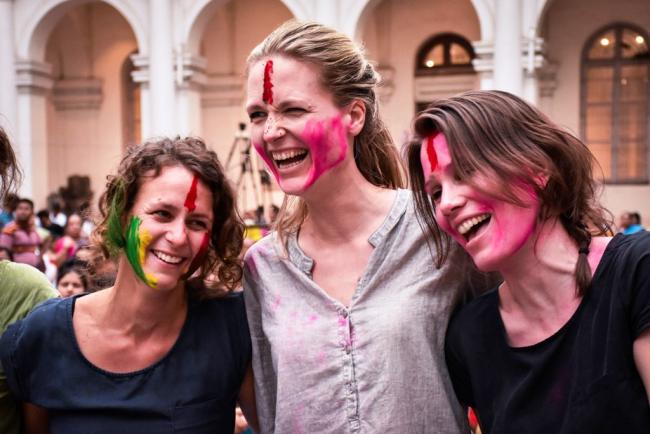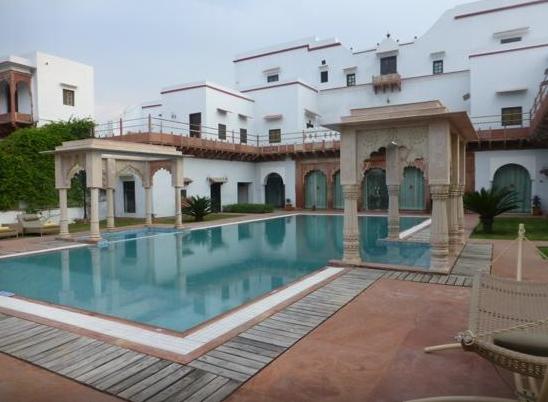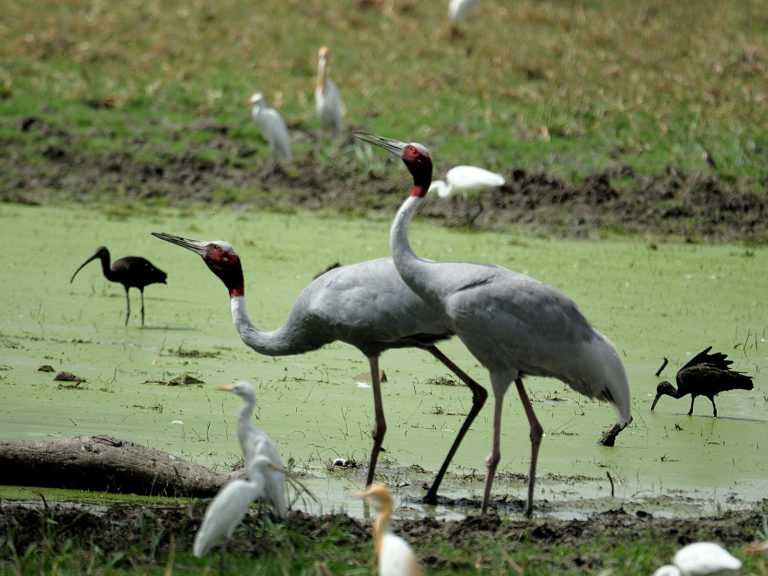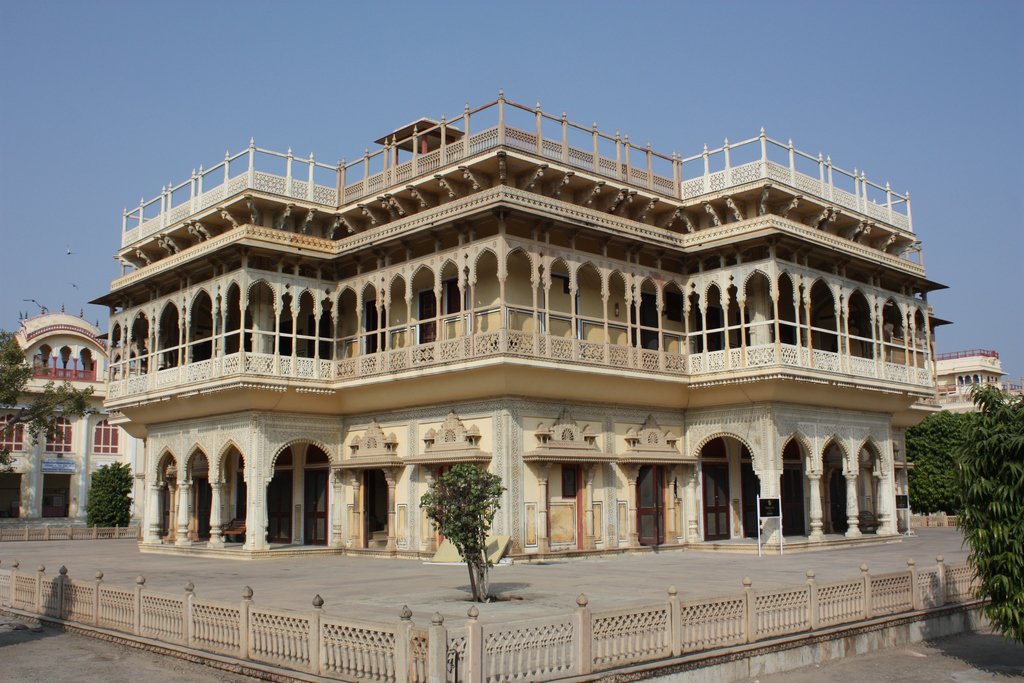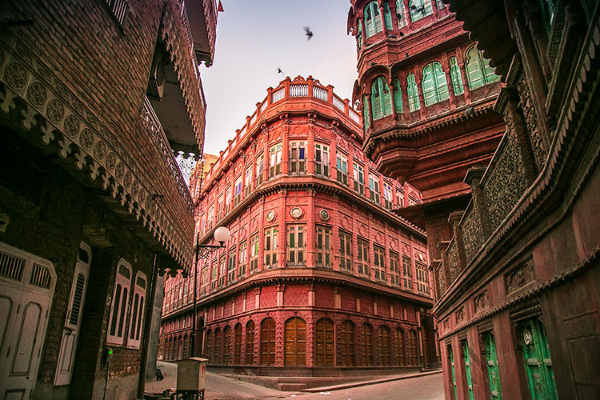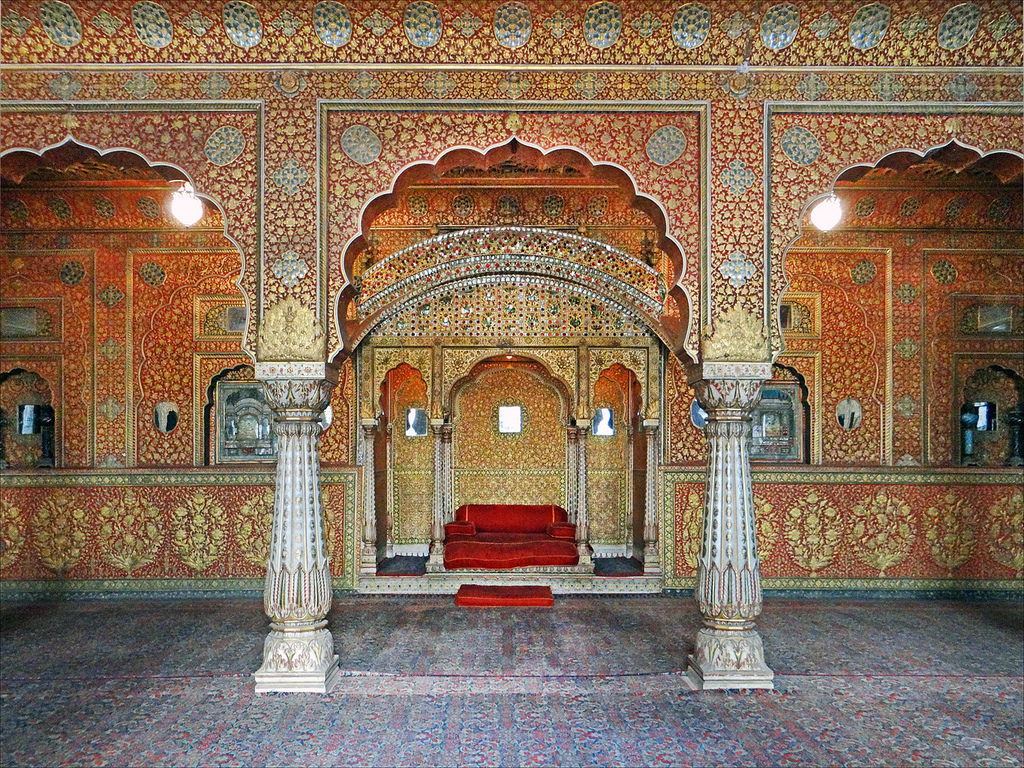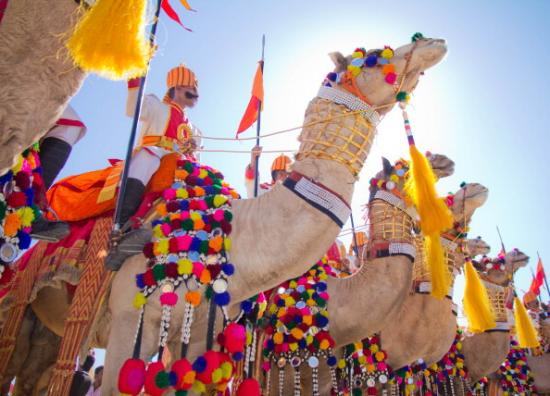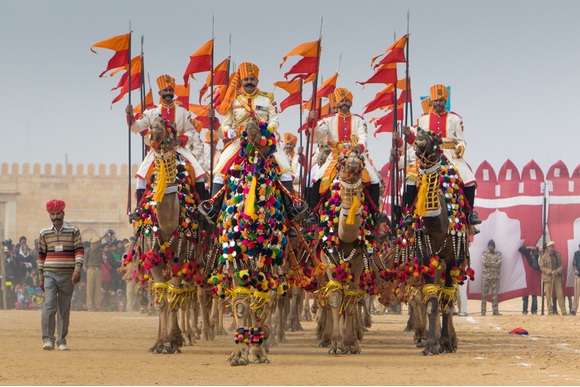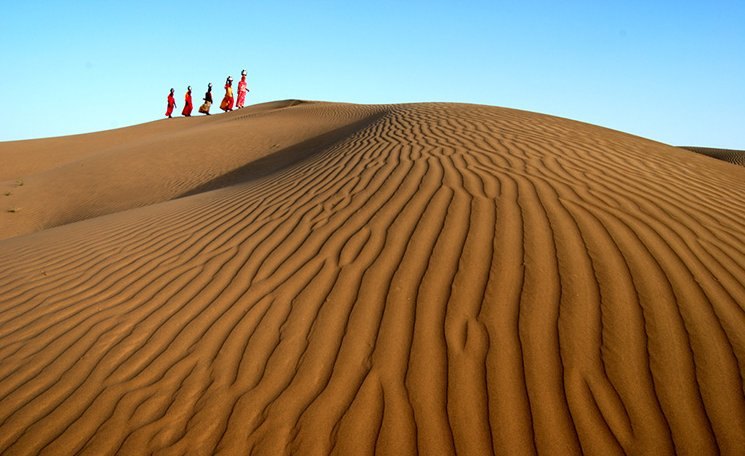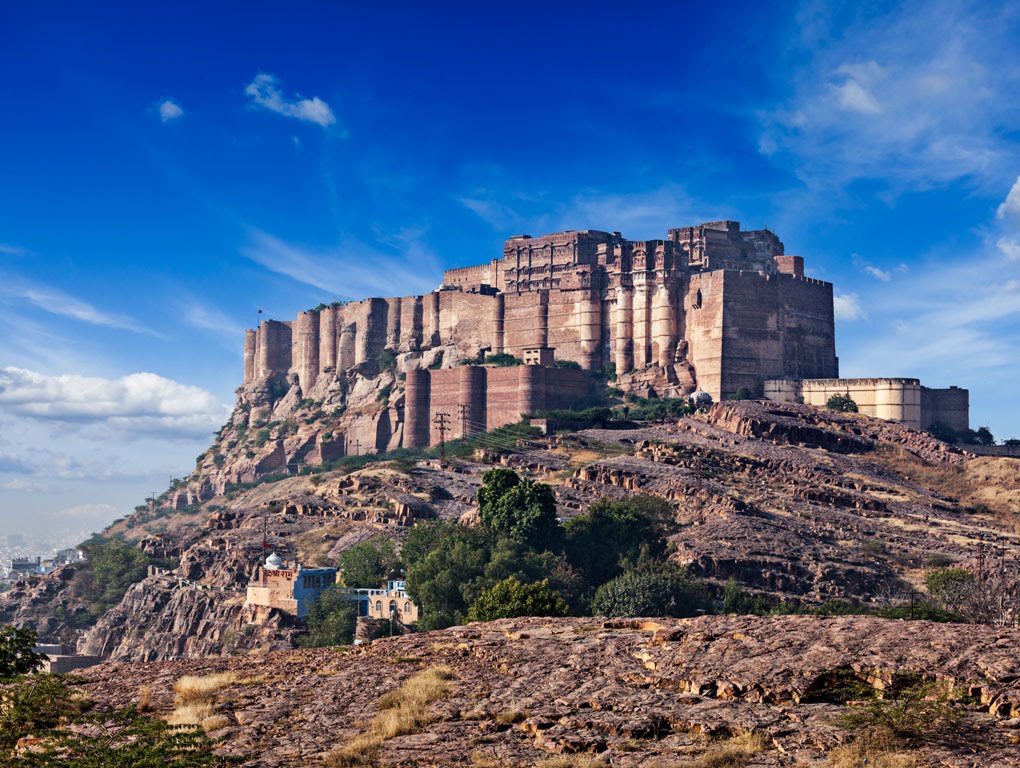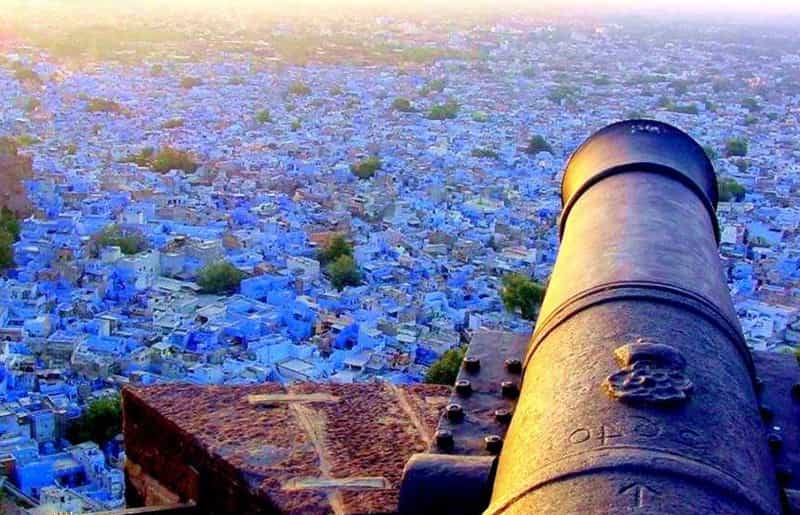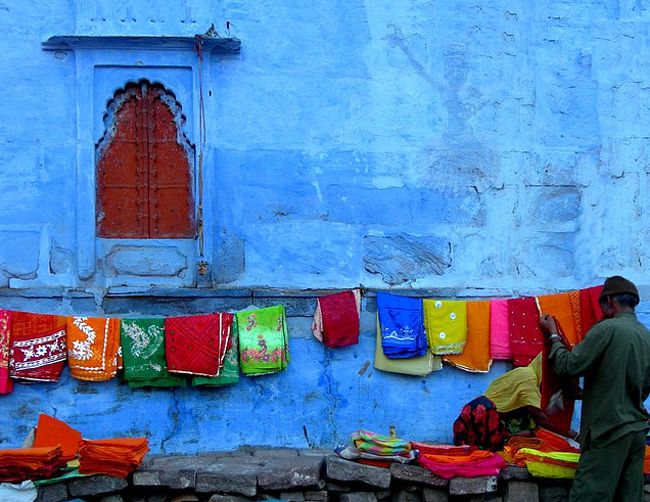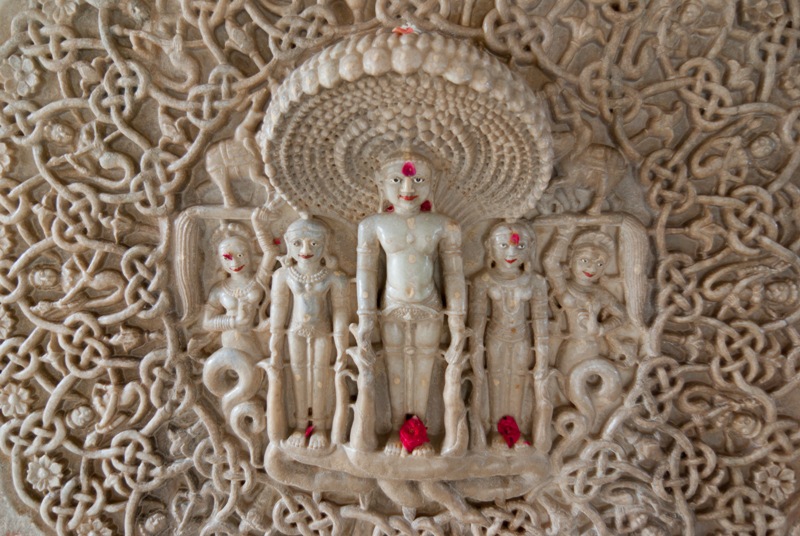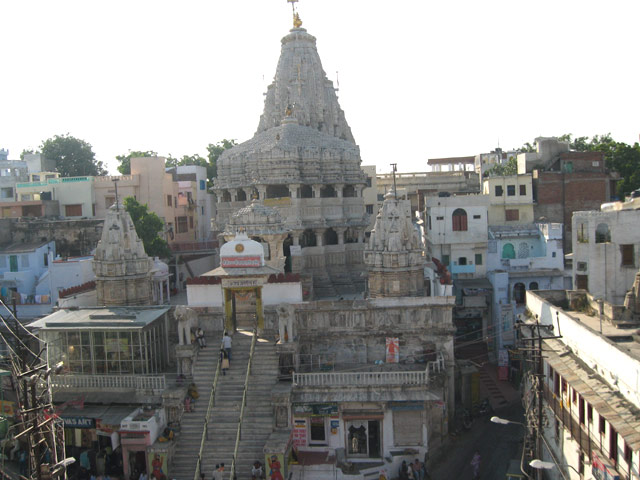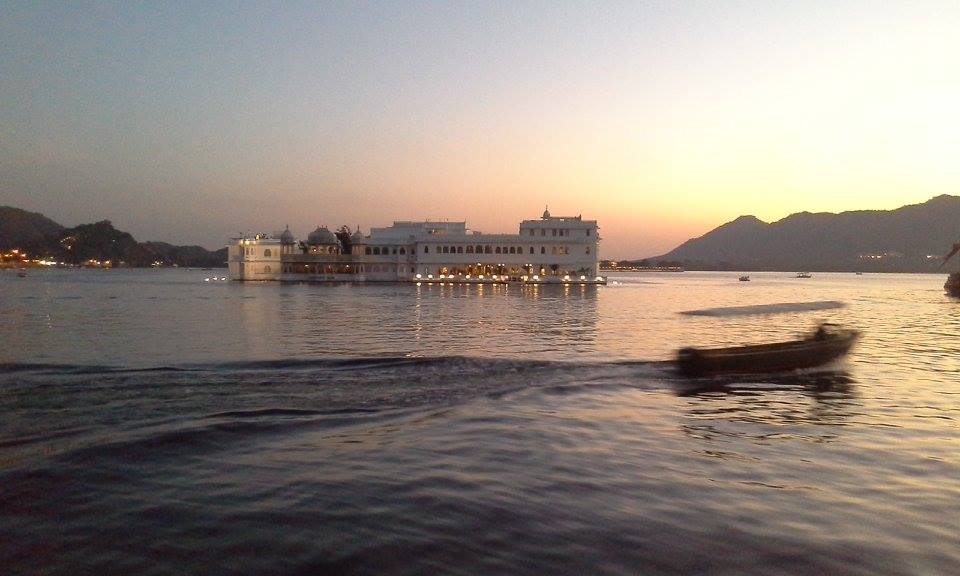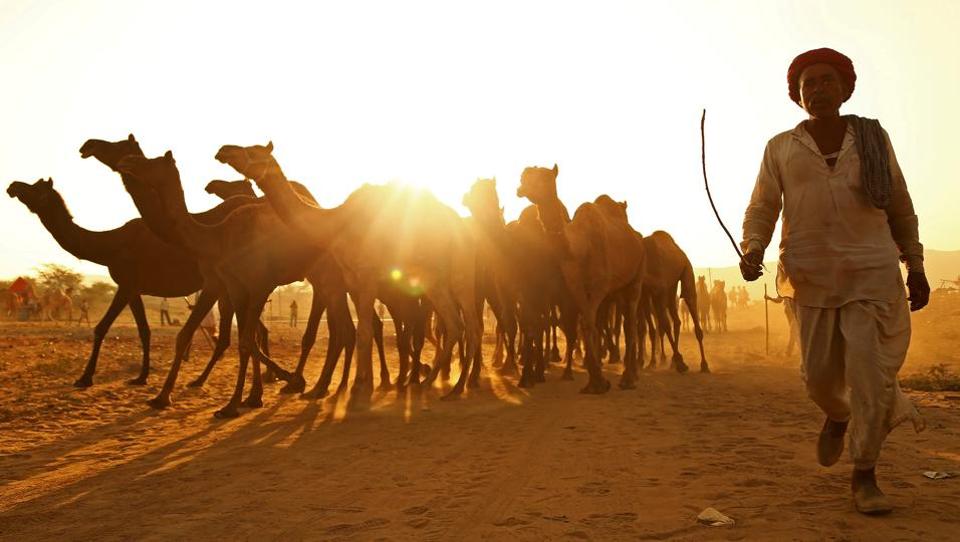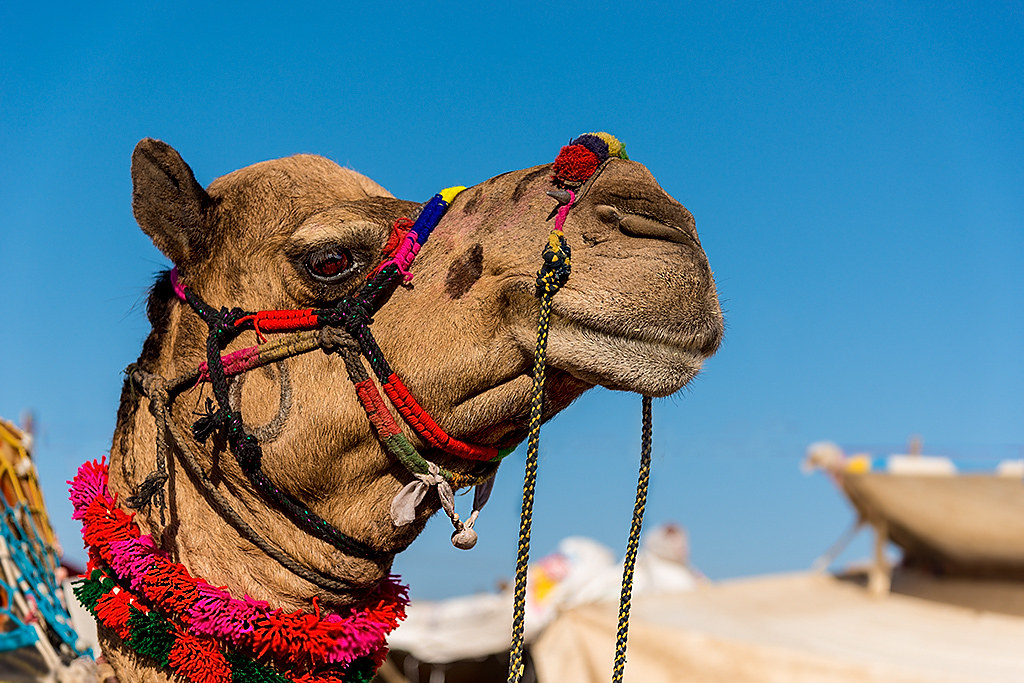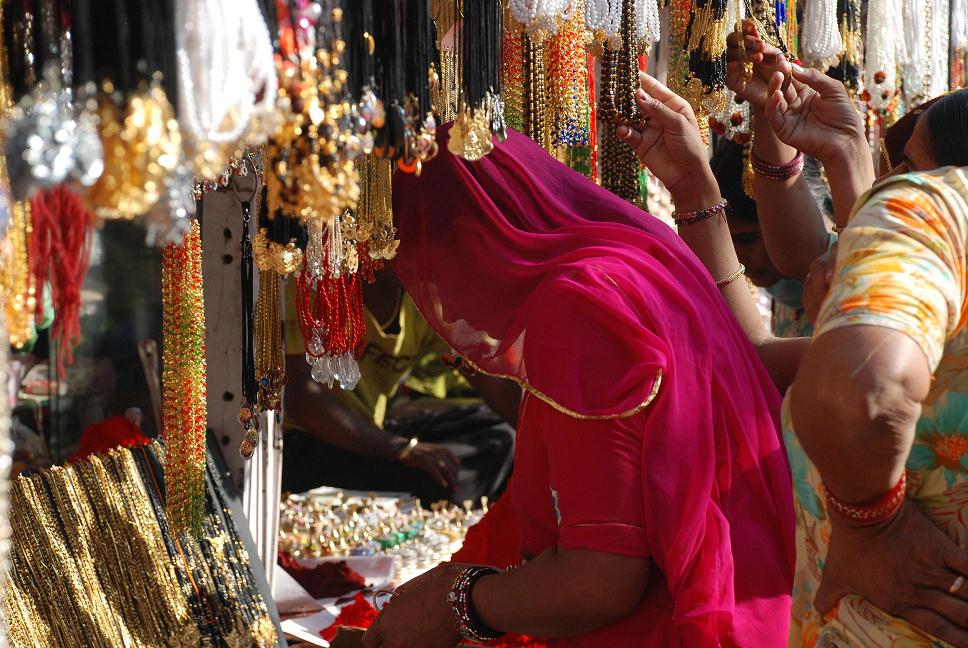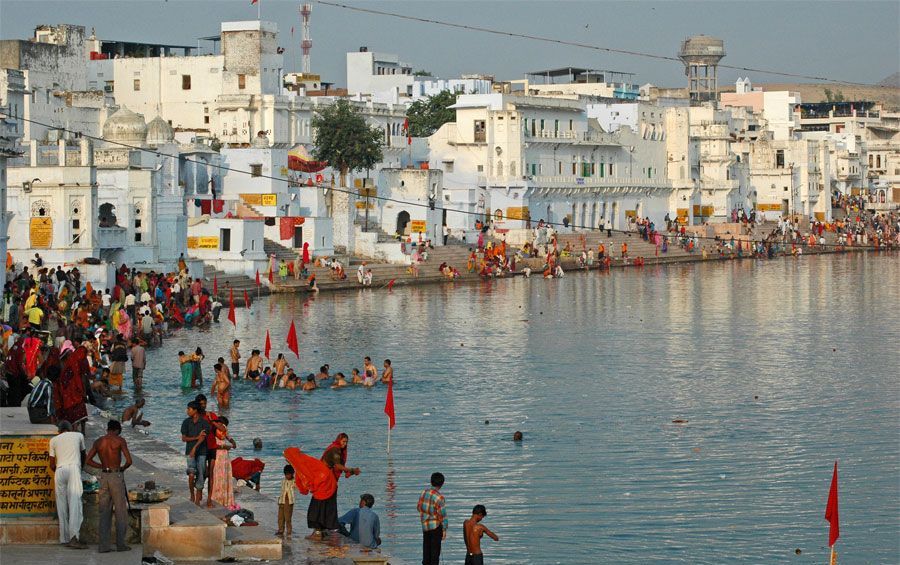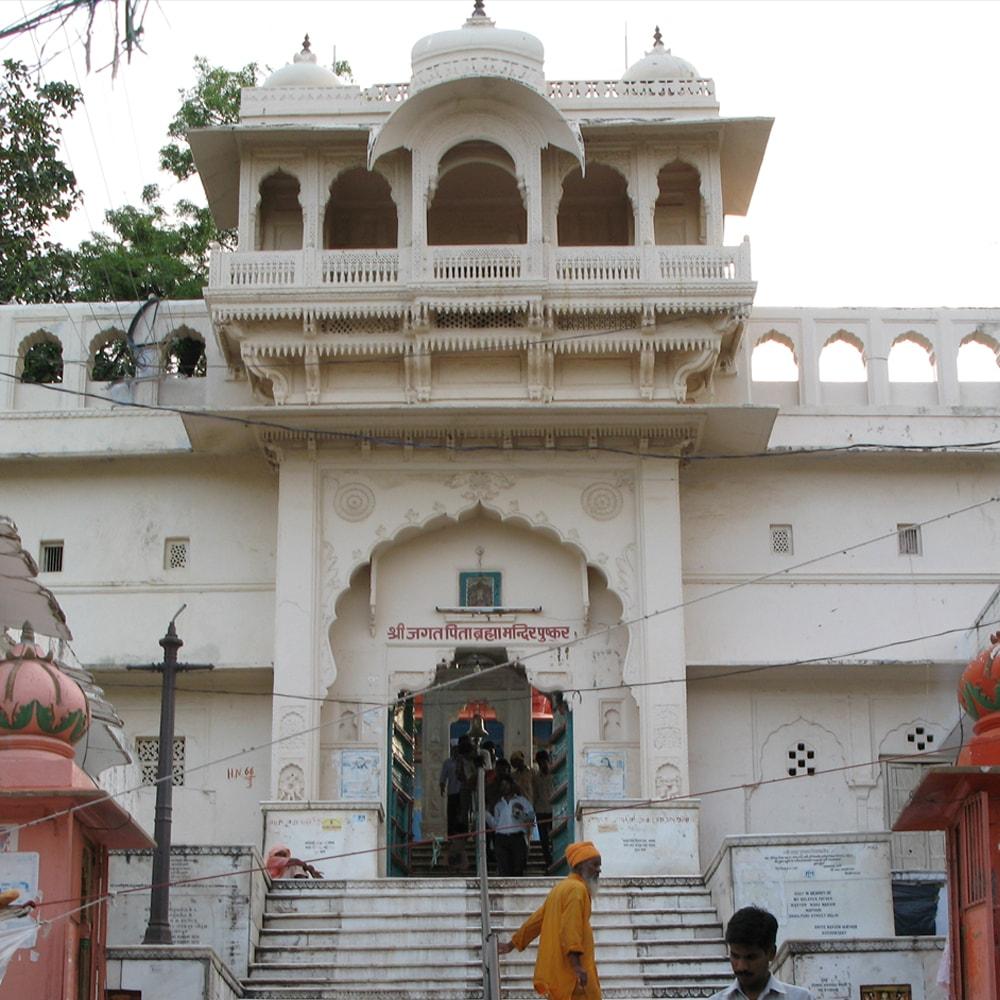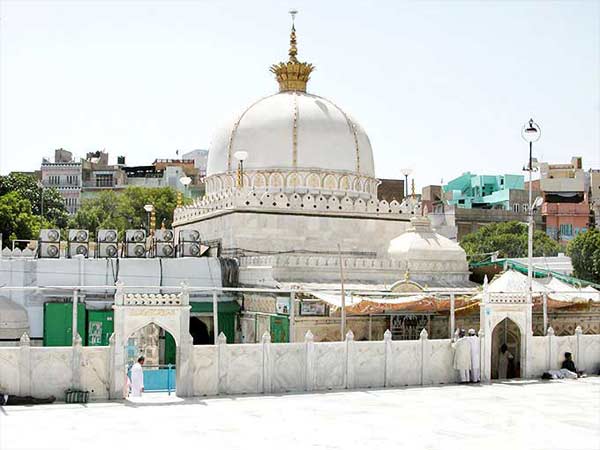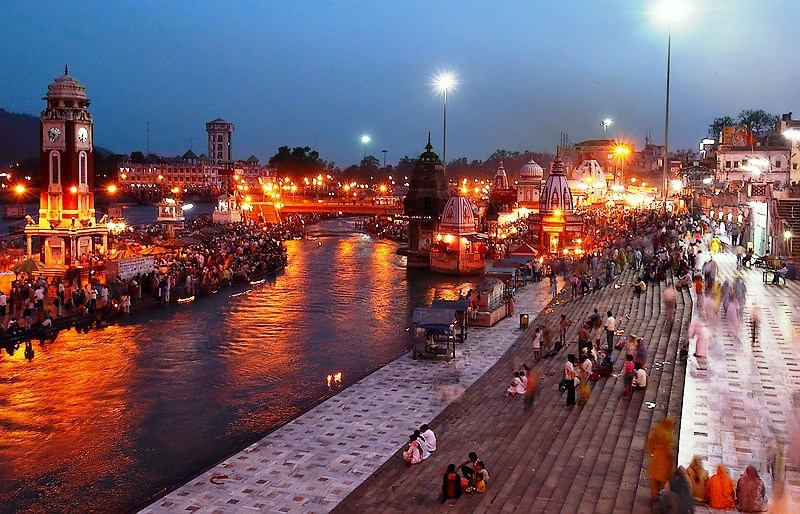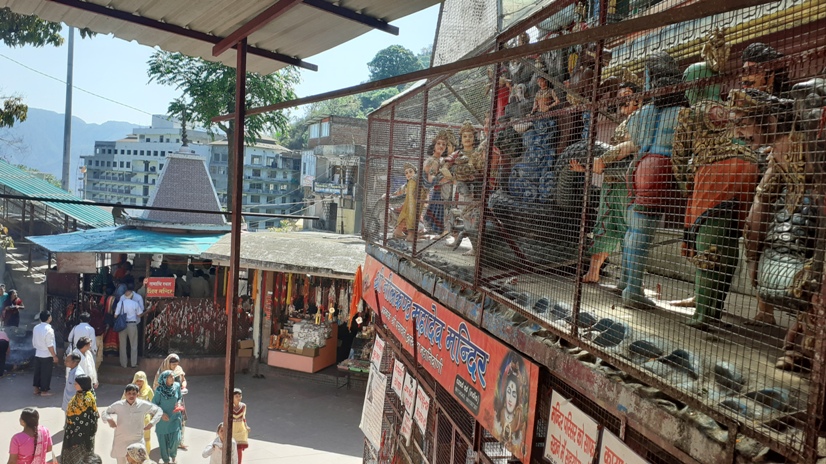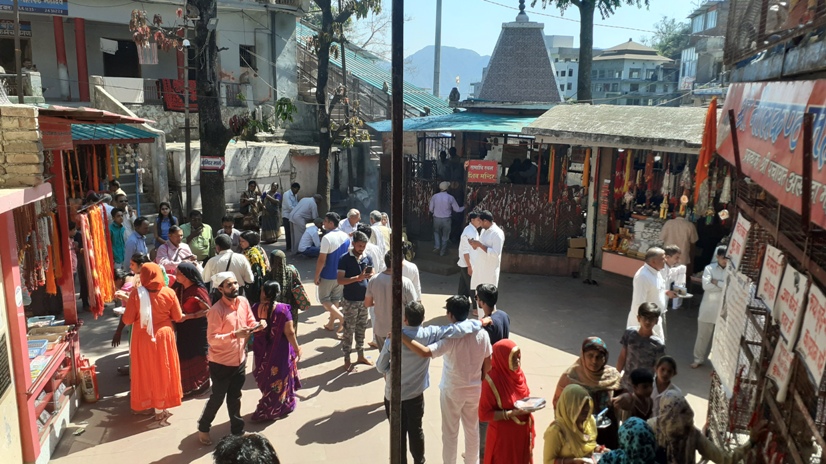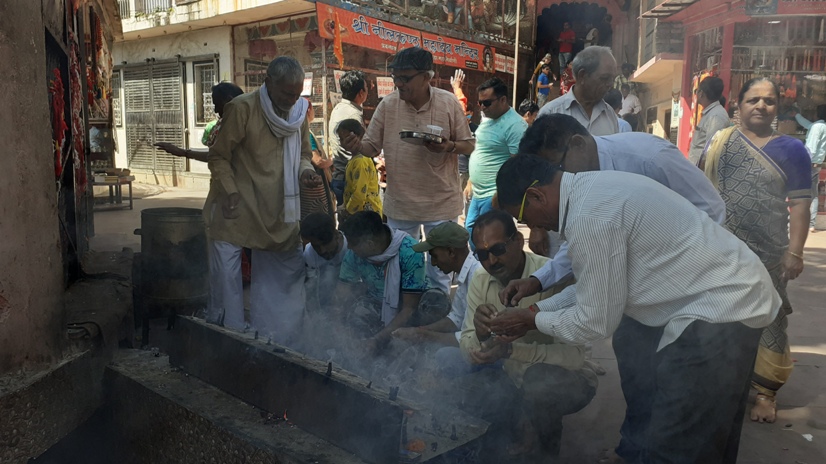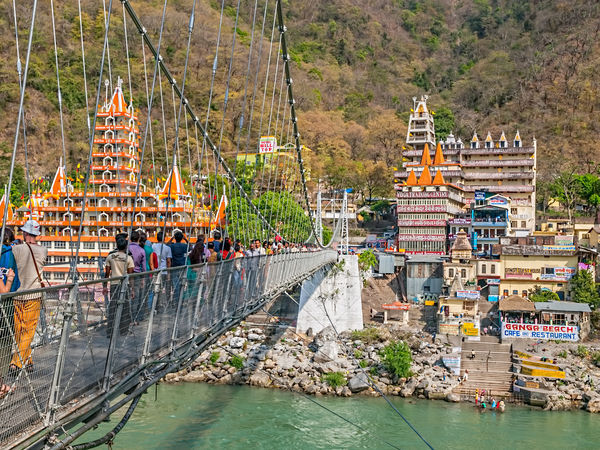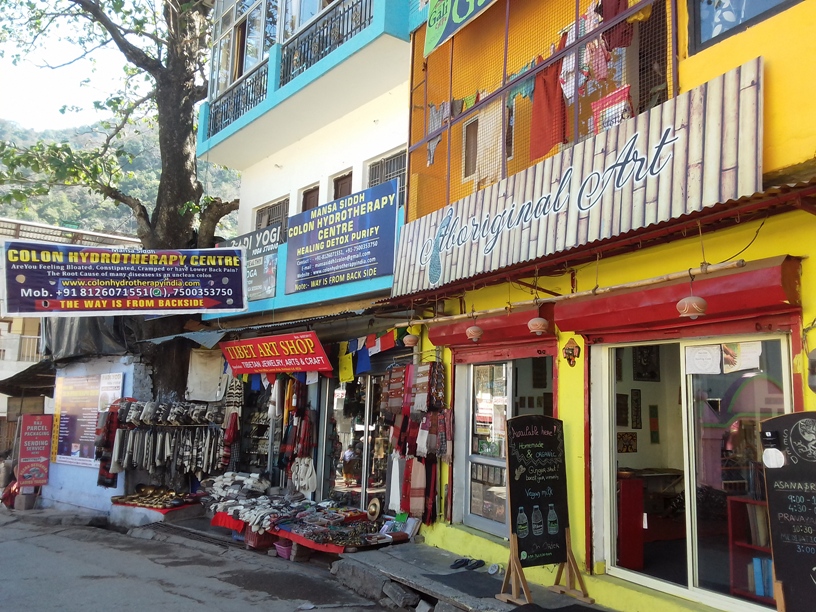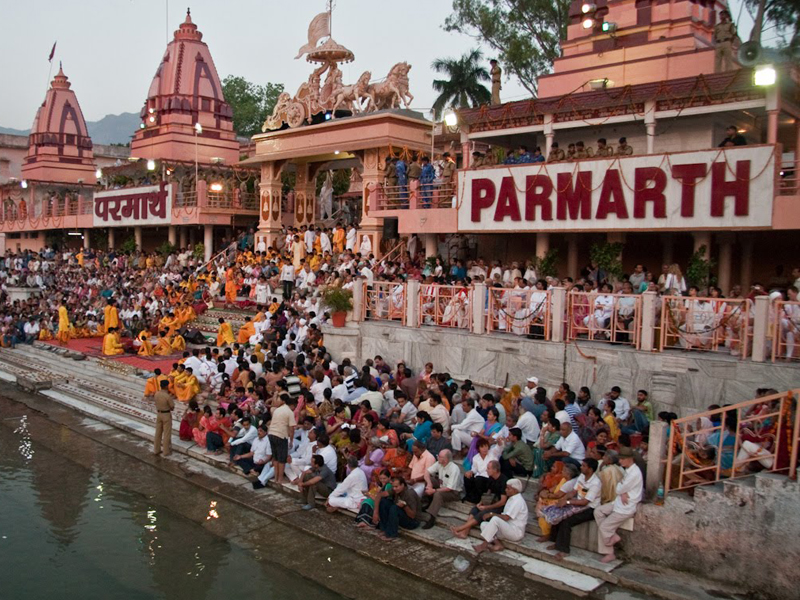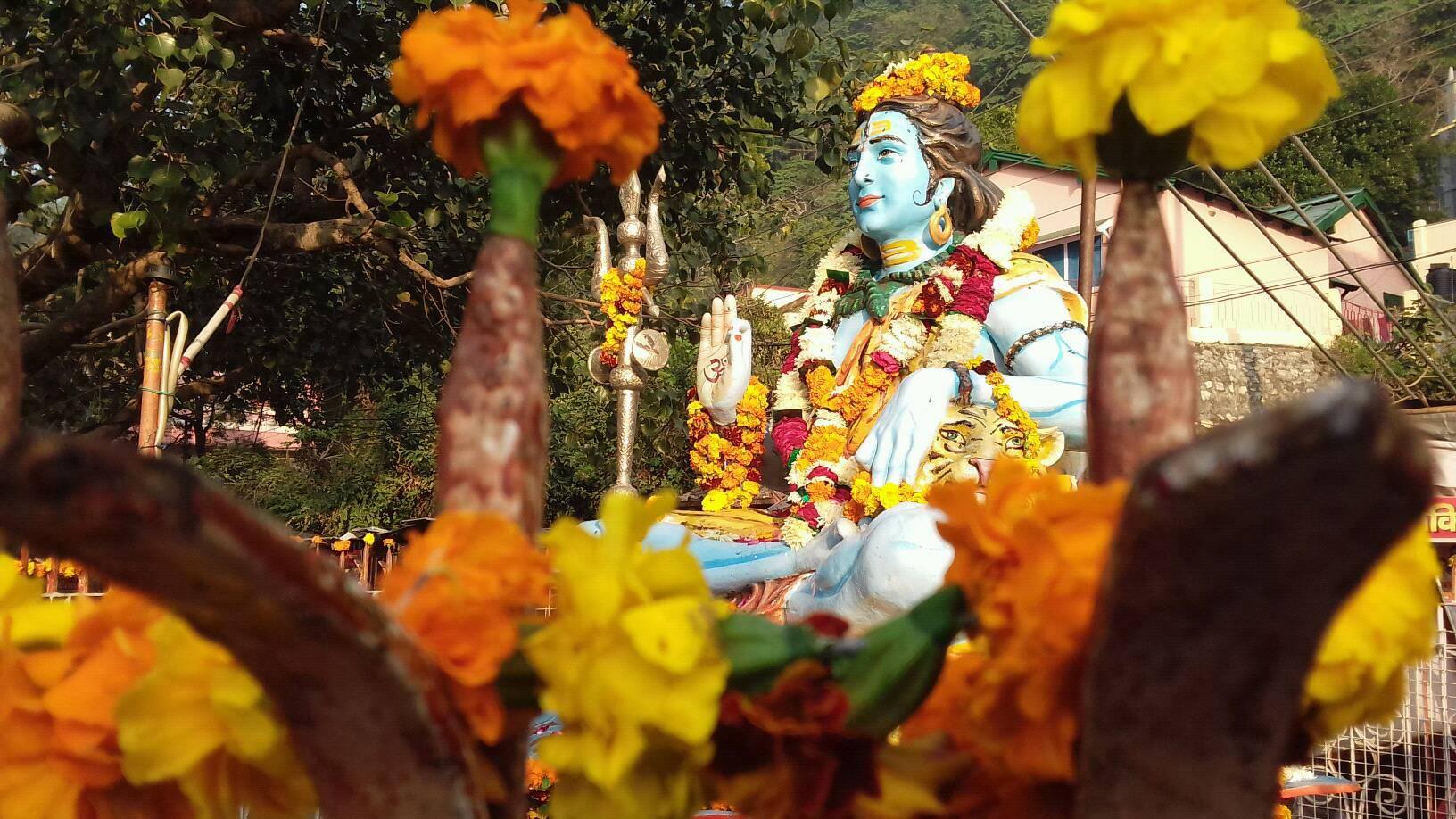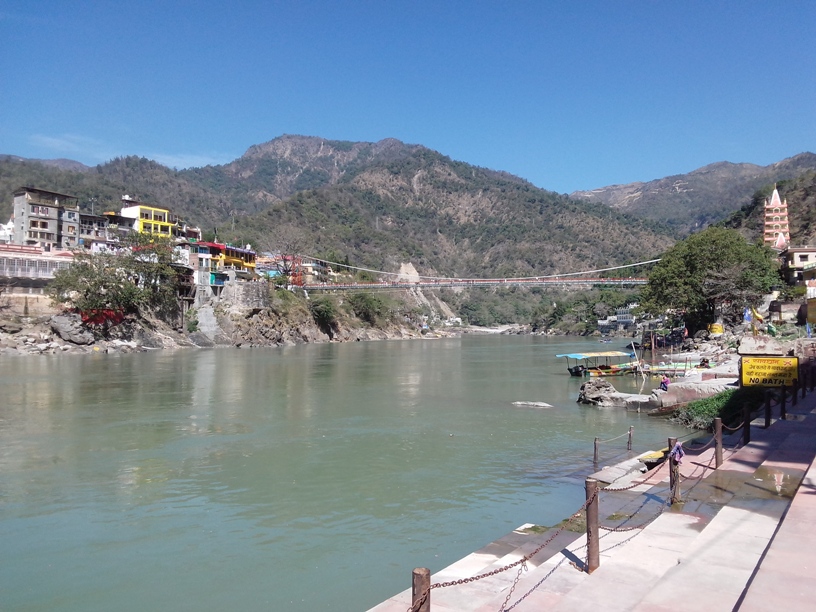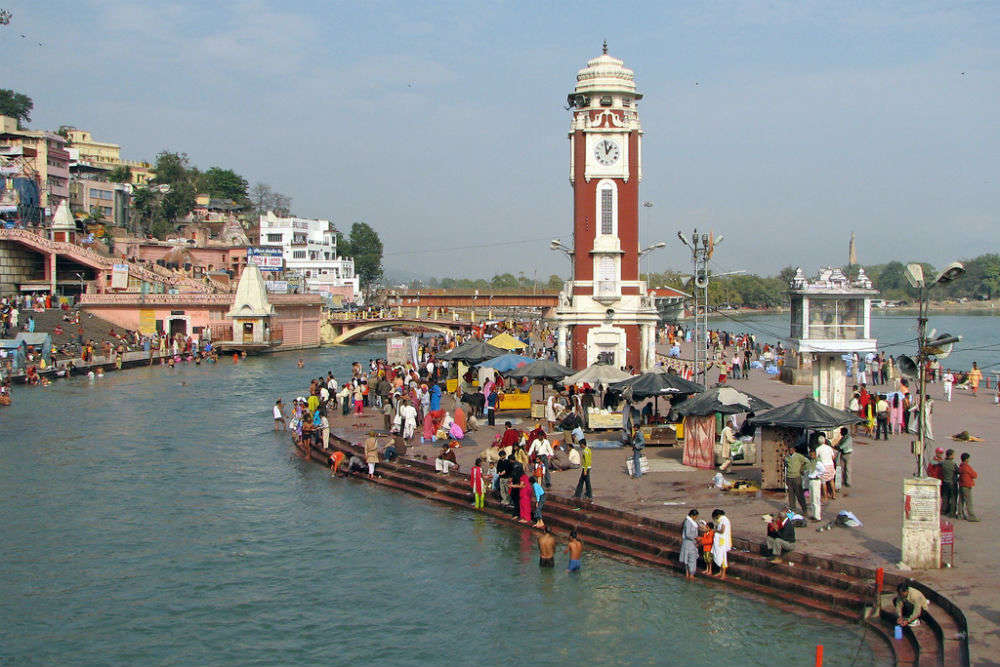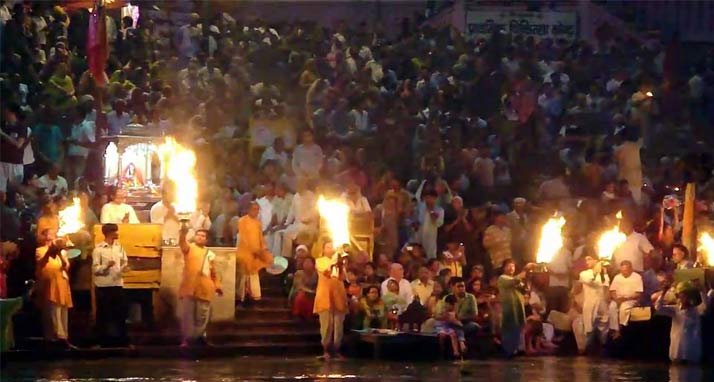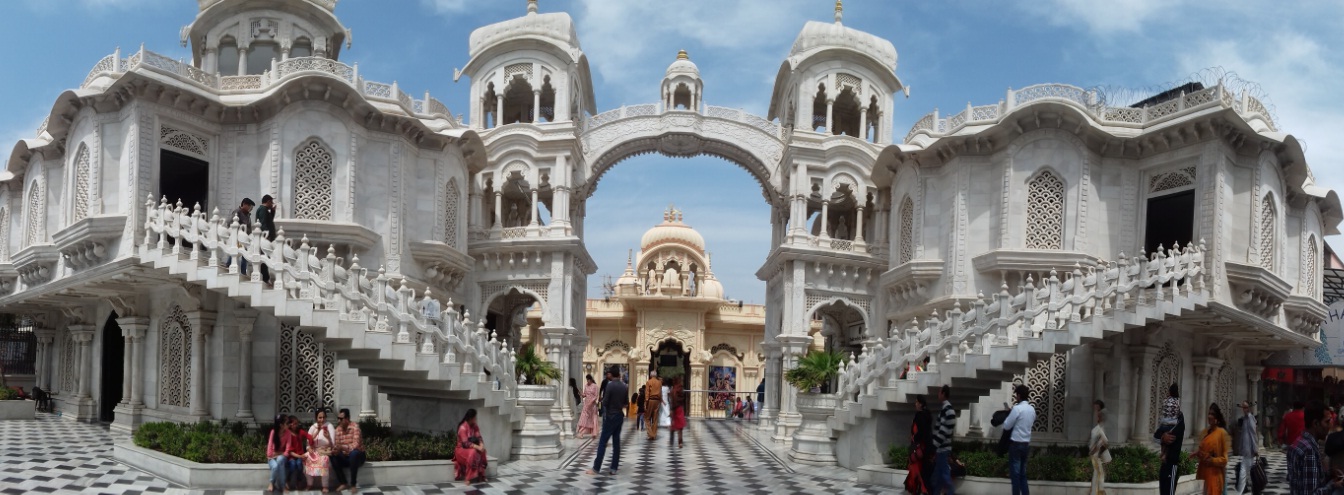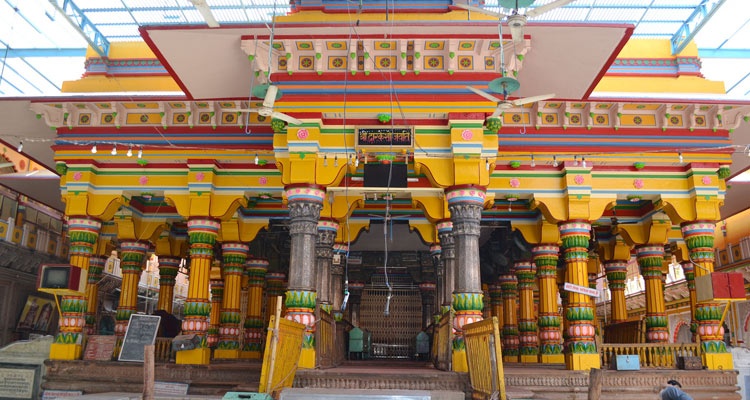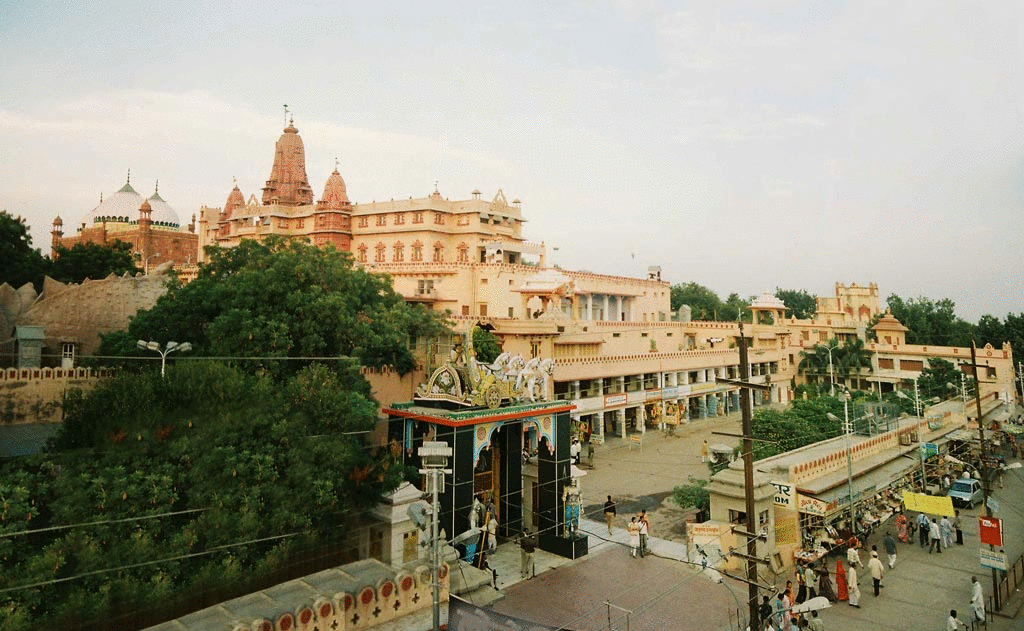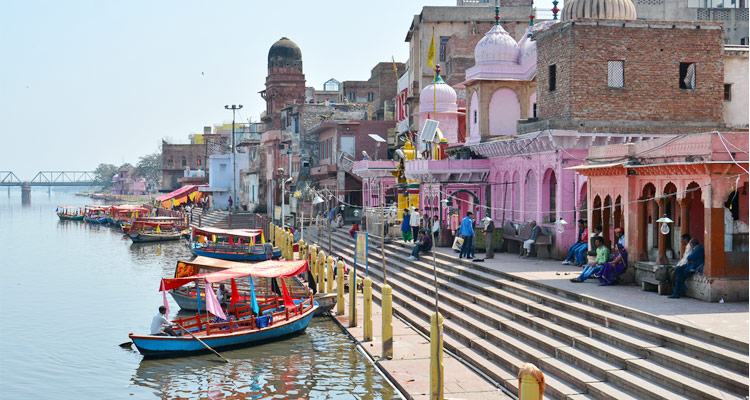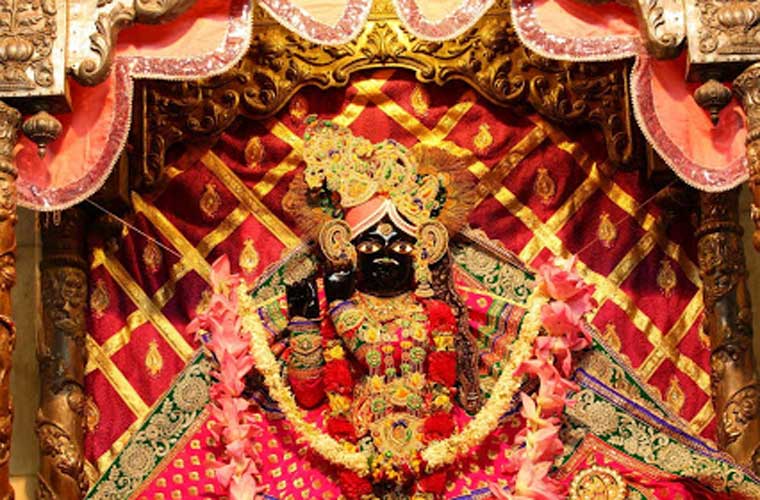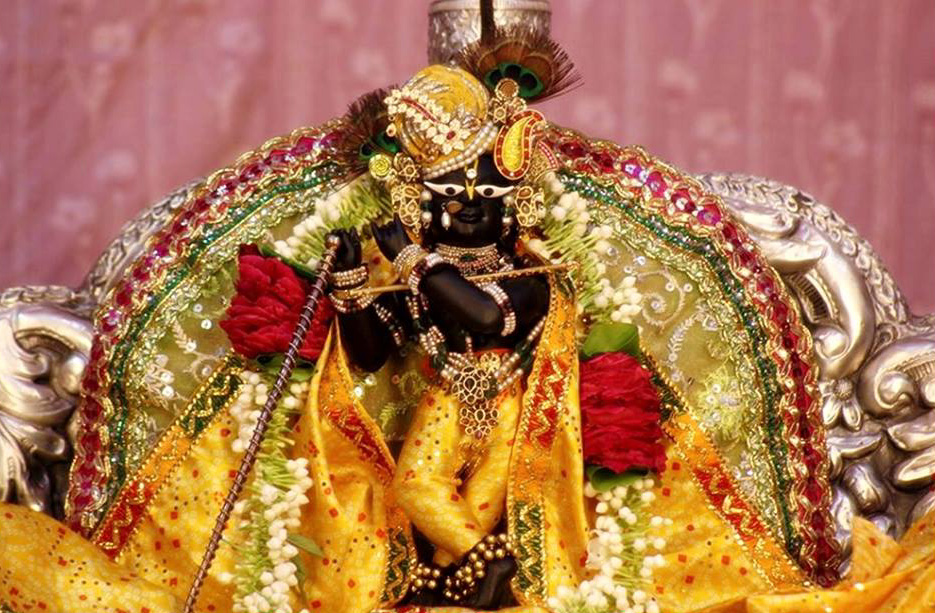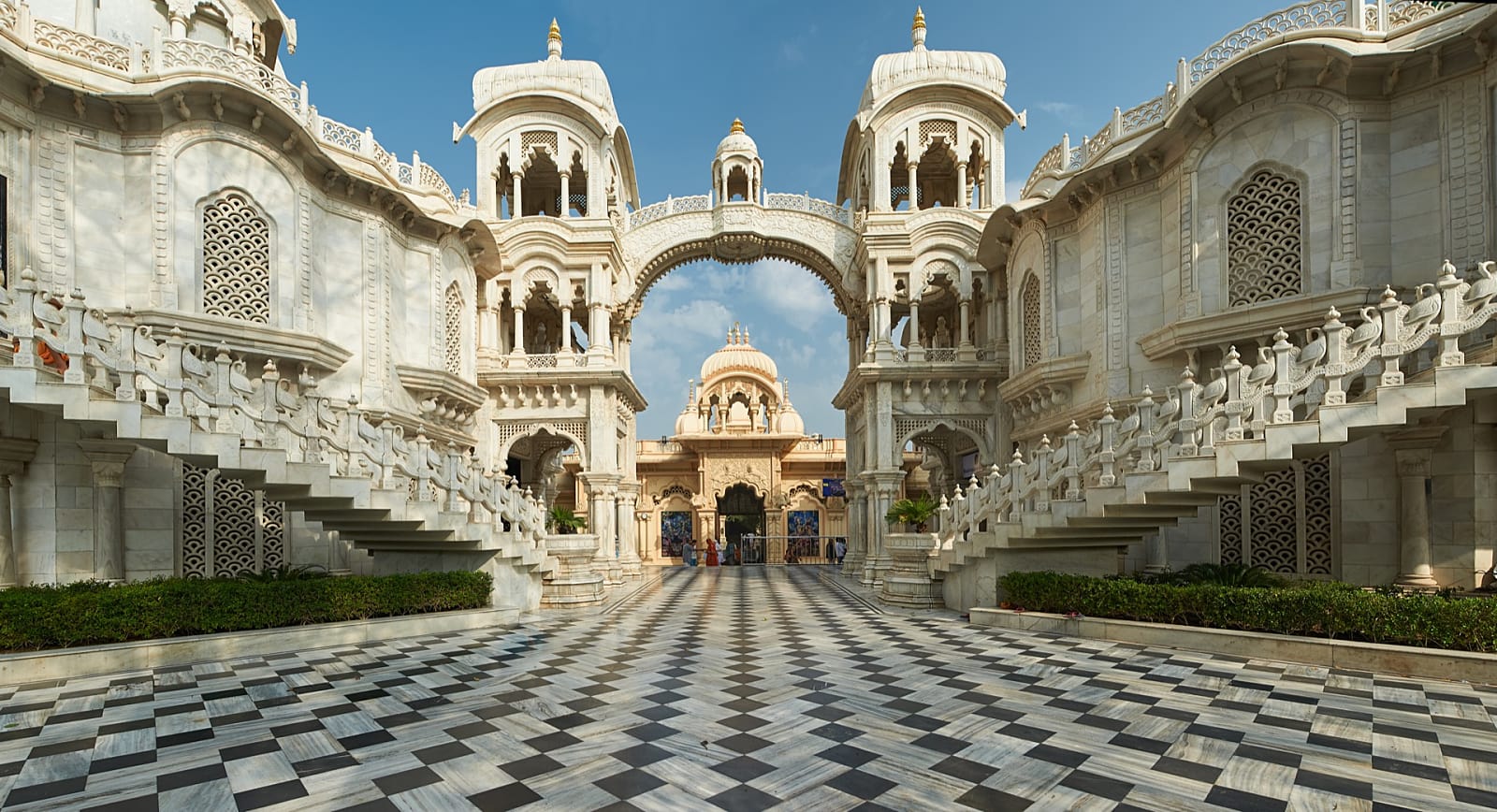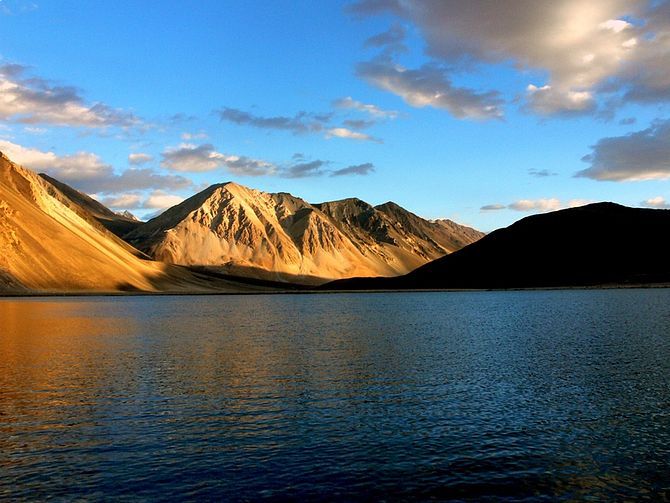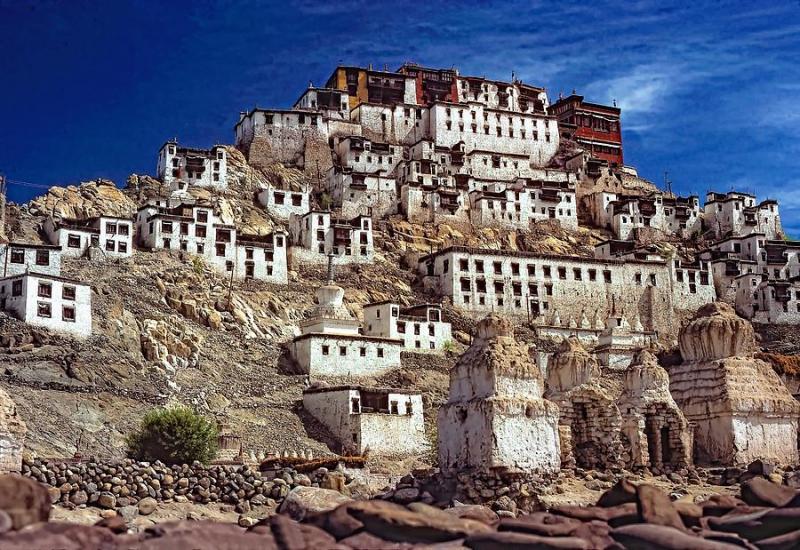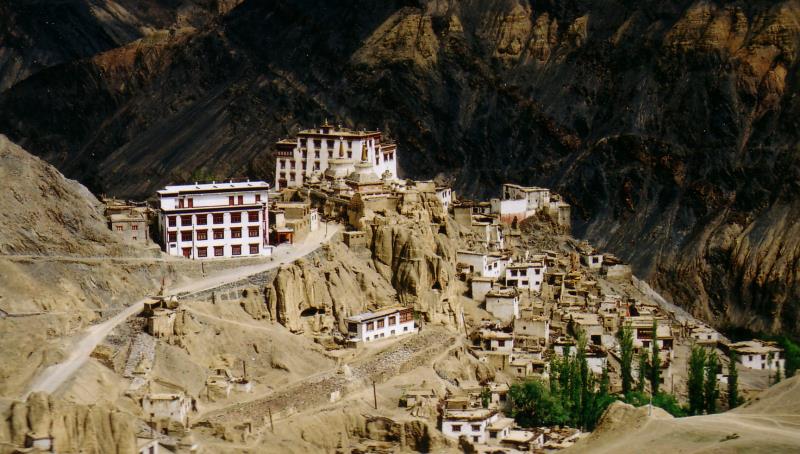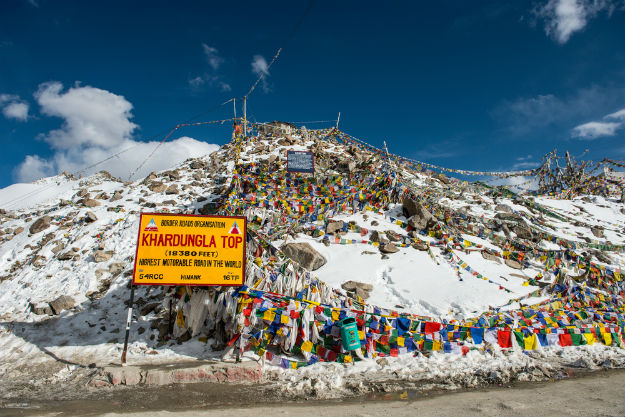Embark on an unforgettable journey through the mystical landscapes of Ladakh.
Tour Overview
Arrive in Leh, where the Leh Palace and Buddhist heritage welcome you. Witness the vibrant Hemis Festival, a celebration of Guru Padmasambhava’s birth, with mystic mask dances and sacred plays at Hemis Gompa. Explore Leh’s architectural gems like the Leh Palace, Sankar Gompa, and Shanti Stupa. Enjoy free time for personal exploration or continue the festival experience at Hemis Gompa. Visit the Jokhang temple and an exquisite mosque reflecting Islamic-Tibetan architecture. Discover Shey and Thiksey monasteries, each housing impressive Buddha images and murals. Stok Palace unveils family heirlooms. Conclude your journey with memories of Ladakh’s enchanting beauty and cultural richness.
Destinations Covered
Leh: Nestled amidst the lofty Himalayan peaks, Leh is a gateway to Ladakh’s unique culture. Its historic Leh Palace and Buddhist monasteries offer a glimpse into the region’s rich heritage. The town’s tranquil ambiance and stunning vistas set the stage for an unforgettable exploration.
Hemis Festival: The Hemis Festival is a vibrant celebration of Ladakh’s spiritual essence. At Hemis Gompa, witness the mesmerizing mystic mask dances and sacred plays, as devotees gather to commemorate Guru Padmasambhava’s birth, infusing the air with devotion and festivity.
Shey Monastery: Perched atop a hill, Shey Monastery was once a royal palace and now houses an exquisite copper and gold-gilded Buddha statue. Its historical significance and panoramic views make it a must-visit destination.
Thiksey Monastery: This hilltop monastery captivates with its architectural grandeur and serene ambiance. Its resemblance to the Potala Palace in Lhasa is a testament to its architectural splendor. Inside, chambers filled with statues and stupas provide a glimpse into Ladakh’s spiritual traditions.
Stok Palace: Formerly a royal residence, Stok Palace now opens its doors as a museum, showcasing the treasured heirlooms and relics of the Sengge Namgyal family. It offers a fascinating insight into the region’s regal past.
Jokhang Temple and Mosque: The juxtaposition of the Jokhang Temple and an adjacent mosque reflects Ladakh’s cultural diversity. The Jokhang Temple, with its new main Buddhist temple, stands as a beacon of Ladakh’s devotion to Buddhism, while the mosque exhibits an intriguing blend of Islamic and Tibetan architectural styles.
Shanti Stupa: Overlooking Leh, the Shanti Stupa is a symbol of peace and tranquility. Built to commemorate 2500 years of Buddhism, it offers panoramic views of the surrounding landscapes and a serene space for introspection.
Each destination on this tour contributes to an immersive journey that encapsulates Ladakh’s spiritual depth, architectural brilliance, and cultural treasures.
Detailed Tour Plan
Day 1: Flight from Dehli to Leh
Monday. Delhi – Leh. Early morning flight from Delhi to Leh. Flights can be booked with us or independently. Upon arrival to Leh onward transfer to your guesthouse where the remains of the day can be spent at leisure.
Ladakh is a vast highland desert sitting at 3524 metres above sea level, lying between the Karakoram and the Himalayan ranges characterized by a desolate moonlike landscape and snowy peaks.
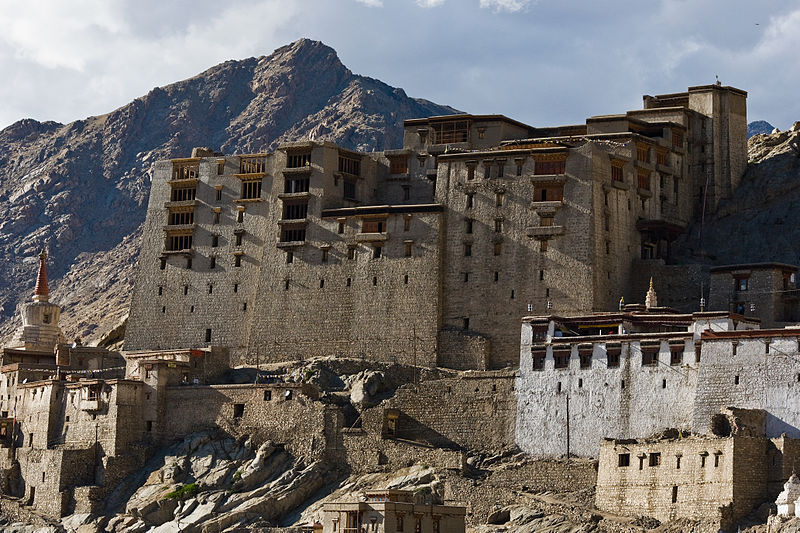 The town is still dominated by the now ruined Leh Palace, former mansion of the royal family of Ladakh, built in the same style and about the same time as the Potala Palace. The 28 000 residents of the the city are predominantly Buddhists and accordingly, Leh is the very much the heart and soul of Buddhist culture in the region. Overnight – Leh
The town is still dominated by the now ruined Leh Palace, former mansion of the royal family of Ladakh, built in the same style and about the same time as the Potala Palace. The 28 000 residents of the the city are predominantly Buddhists and accordingly, Leh is the very much the heart and soul of Buddhist culture in the region. Overnight – Leh
Day 2: The Hemis Festival & city sightseeing tour
Hemis Gompa, is the biggest monastery in Ladakh and the site of the annual festival commemorating the birth of Guru Padamasambhava, who is said to have brought Vajrayana Buddhism to Bhutan and Tibet. Revered throughout the Himalayan ranges and considered the second Buddha, Guru Padmasambhava, the Lotus-born (popularly known as Guru Rinpoche, the Precious Master) was invited from India in the 8th century to conquer the dark and hostile forces transforming them into guardians and protectors of the pure dharma. In the process the guru brought Vajrayana Buddhism – a revelation of the complete and perfect path to awakening.
Followers believe that their path is the purest form of Buddhism with the goal of liberation from suffering and attainment of enlightenment. It is believed to be the path actually practiced by Buddha with the teaching indelible, even still today within the entire Himalayan region. This morning we make our way to the Hemis monastery (1.5 hrs drive), the largest and richest monastery in all of Ladakh. In the courtyard filled to capacity with local Ladakhis and pilgrims (at 9am) Guru Padamasambhava birthday celebrations will commence.
A raised dais with a richly cushioned seat with a finely painted small Tibetan table is placed with the ceremonial items – cups full of holy water, uncooked rice, tormas made of dough and butter and incense sticks. A number of musicians play the traditional music with four pairs of cymbals, large-pan drums, small trumpets and large size wind instruments. Next to them a small space is assigned for the lamas to sit.
The festival highlight is the gathering of the lamas around the central flagpole performing the mystic mask dances (Chams) and sacred plays. Chams are essentially a part of Tantric tradition, performed only in the gompas that follow the Tantric Vajrayana teachings and where the monks perform tantric worship.
Dressed in colourful bright brocades with vibrantly decorated and richly adorned paper-mache masks (some extending over 1 metre in height) the masked dancers simulate combat between good spirits and evil demons to the cacophony of drums, cymbals and long horns. The crowd unites in uproarious song and dance when the dough idol of evil is destroyed by the leader of black hat dancers signifying that good has prevailed.
This afternoon offers a guided sightseeing tour of the town, dominated by Sengge Namgyal’s, nine storey palace. The colossal stone structure is one of the most captivating architectural ruins of the region. Built in traditional Tibetan style it sits on the foothills of the barren landscape. Constructed in the 17th century as the residential palace for the King to mark the reunifying Upper and Lower Ladakh.
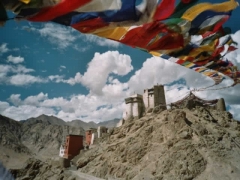 Above Leh Palace, on Namgyal Tsemo (Victory Peak) overlooking the town, are the ruins of the earliest royal residence at Leh a fortress type structure built by King Tashi Namgyal in the 16th century.
Above Leh Palace, on Namgyal Tsemo (Victory Peak) overlooking the town, are the ruins of the earliest royal residence at Leh a fortress type structure built by King Tashi Namgyal in the 16th century.
Visits will also be made to Sankar Gompa to view the image of Avalokitesvara, inset with turquoise and shown with 1000 heads, arms and feet and 100,000 eyes, Shanti Stupa – built to commemorate 2500 years of Buddhism and inaugurated by his holiness the Dalai Lama in 1985.
Day 3: Time to Explore
Today offers free time for you to independently explore the area. You may wish to return to the Hemis Grompa today as the festival continues (on a smaller scale) with a program of music, song, dance and drama. Transportation to the monastery can be arranged locally should you require. If staying in town for the day considering visiting the Leh bazaar.
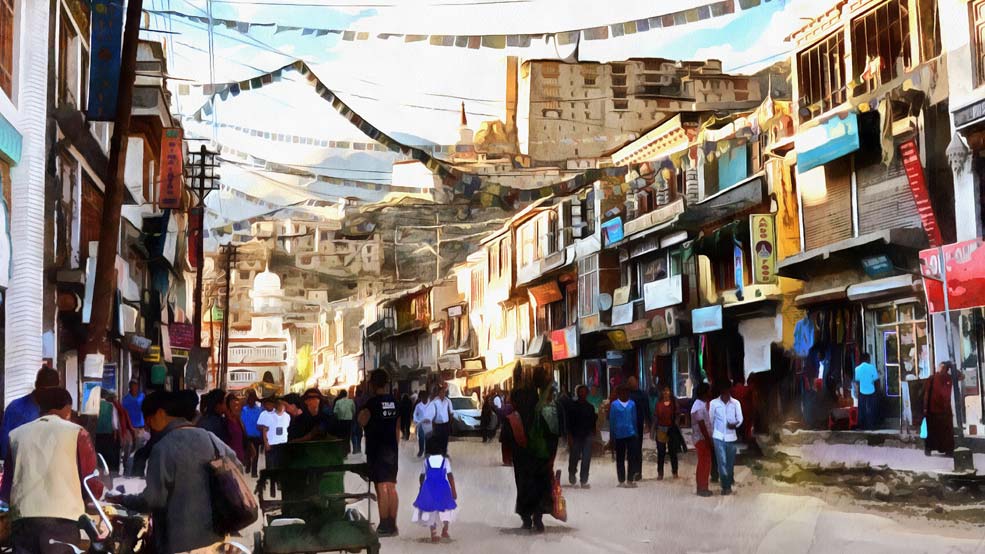 The main sites to visit are the Jokhang, the new main Buddhist temple built in the 1980s by the Ladakh Buddhist association and an imposing mosque reflecting a mixture of Islamic and Tibetan architecture that accommodating more than 500 worshipers dating from the late 17th century situated opposite each other.
The main sites to visit are the Jokhang, the new main Buddhist temple built in the 1980s by the Ladakh Buddhist association and an imposing mosque reflecting a mixture of Islamic and Tibetan architecture that accommodating more than 500 worshipers dating from the late 17th century situated opposite each other.
Overnight – Leh & Ladakh
Day 4: Shey and Thiksey Monestories, Stok Palace
Today offers guided tours of Shey and Thiksey monasteries and Stok Palace.
Shey monastery situated on a hilltop, 15km from Leh, was the summer palace of the royal family of the region. The monastery houses a two storey high-seated image of Buddha cast from copper and covered with gold leaf. It is also beleived that Kings of Leh were born here, in the monastery.
Thiksey monastery is situated on a hilltop and the views of the green Indus valley from its rooftop are splendid. This monastery has a number of chambers full of statues and stupas. Courtyard murals are bright and this imposing structure is in many respects a replica of Potala Palace in Lhasa.
Stok Palace now operates as a museum where in the Sengge Namgyal family heirlooms and relics are displayed. Overnight – Leh & Ladakh
Day 5: Leh to Delhi by flight
Friday. Leh – Delhi. Early this morning (dictated by flight times) we transfer to the airport for flight to Delhi arriving at approximately 8:30am. Later today you will be transferred to the airport for your onward international flight.
End of Tour
FAQs about the Tour
Q: How can I reach Leh, the starting point of the tour?
A: You can reach Leh by taking a flight from Delhi. The tour typically begins with an early morning flight from Delhi to Leh.
Q: What is the significance of the Hemis Festival?
A: The Hemis Festival is a vibrant celebration of Guru Padmasambhava’s birth, a revered figure in Vajrayana Buddhism. It features mystic mask dances and sacred plays, showcasing Ladakh’s rich spiritual heritage.
Q: Are there English-speaking guides during the tour?
A: Yes, the tour usually includes English-speaking guides at various destinations, providing insights into the cultural, historical, and spiritual aspects of each location.
Q: How physically demanding is the tour?
A: The tour involves a moderate level of physical activity, including walking and exploring monasteries and palaces. However, the pace can be adjusted to accommodate different fitness levels.
Q: Can I explore on my own during free time?
A: Absolutely, during free time, you have the flexibility to explore the area independently. You can revisit destinations or discover local attractions according to your preferences.
Q: Are the monasteries and temples open to visitors?
A: Yes, the monasteries and temples, such as Shey, Thiksey, and Jokhang, are open to visitors. You’ll have the opportunity to explore these spiritual sites and appreciate their architecture and cultural significance.
Q: Can I participate in the Hemis Festival activities?
A: While the festival is a community event, visitors are welcome to witness and enjoy the celebrations, including the mystic mask dances and other festivities.
Q: What type of accommodations are provided during the tour?
A: Accommodations typically include guesthouses or hotels that offer comfort and essential amenities, allowing you to relax and recharge between your explorations.
Q: Is vegetarian food available during the tour?
A: Yes, vegetarian food options are usually available, reflecting the dietary preferences and cultural practices of the region.
Q: How do I return to Delhi at the end of the tour?
A: The tour concludes with a flight back to Delhi from Leh. You’ll be transferred to the airport for your onward journey, carrying with you the memories of Ladakh’s captivating beauty and cultural experiences.
Get a Quote: Call/Whatsapp: +91 9810954649 or Fill Contact Form

